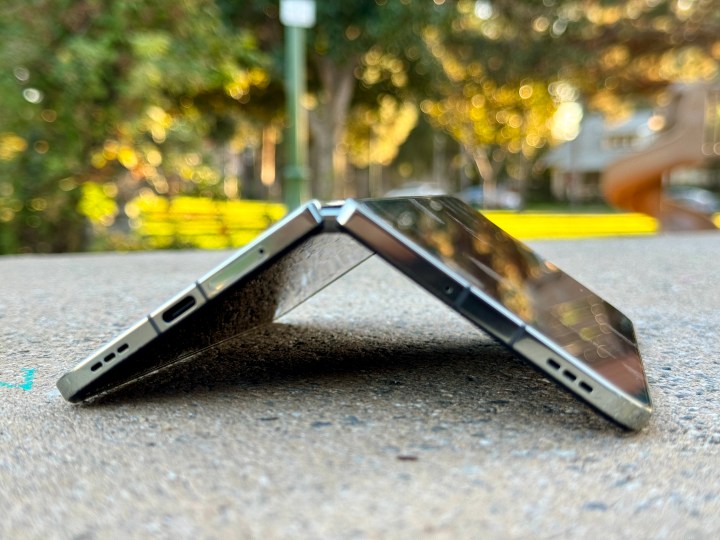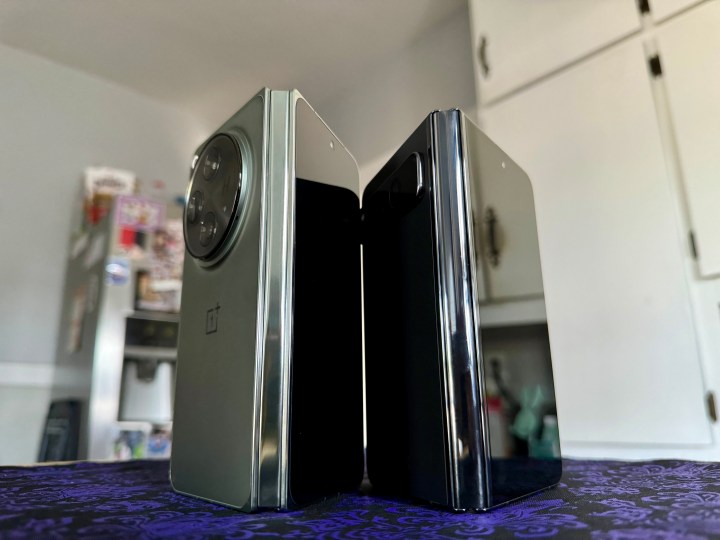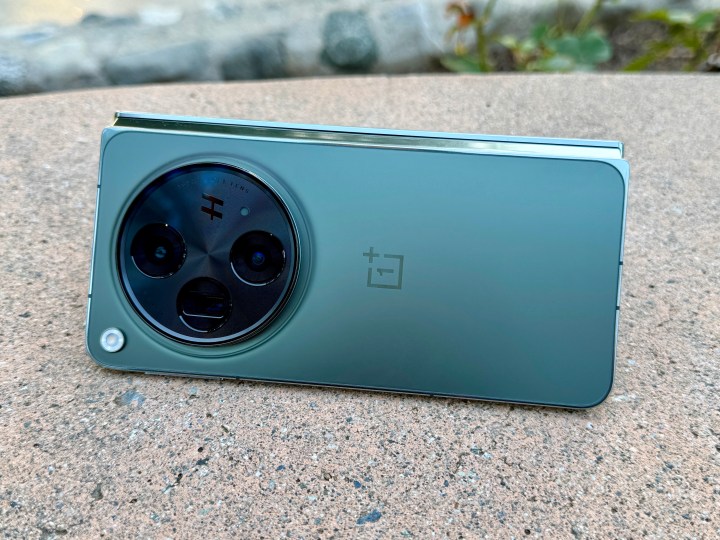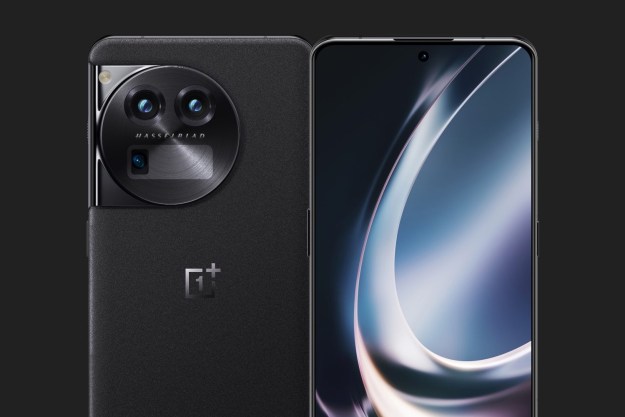
OnePlus has been doing a lot of cool stuff lately. Thee company released its first tablet, the OnePlus Pad, earlier this year, and it just launched its first folding phone, the OnePlus Open.
Though folding phones continue to be a small niche in the overall smartphone market, they’ve been growing in popularity recently. And there are a few reasons why one would want a foldable: a convenient larger screen when you need it and a small screen when you don’t, easier multitasking, and more.
Plus, with a foldable, you can enjoy hands-free viewing since it can prop itself up without the need for accessories. Which brings me to a flaw I noticed with the OnePlus Open and its new “Flexion Hinge.” Compared to the competition, it’s just not stable enough.
What is the Flexion Hinge?

One of the most important parts of every folding phone is the hinge. After all, without it, it wouldn’t fold. It’s a necessity for this type of smartphone.
For the OnePlus Open, OnePlus created the Flexion Hinge. It’s built on the foundation of a single-spine architecture, which OnePlus claims allows it to have better integration between all of the components inside (there are around 69 parts compared to the 100-plus in other foldables). Less parts also means less weight, which is why the OnePlus Open is one of the more lightweight foldables available at 239 grams.
OnePlus also says that this makes the hinge more “sturdy” compared to competitors, which typically use a three-part spine. In my time with the OnePlus Open, I found the Flexion Hinge does make it easier to open up the foldable fully flat, which is something that I struggled a bit with on the Google Pixel Fold. When you open up a foldable, you want it to be 180-degree flat, not 177-degrees (give or take). It’s a big advantage in the OnePlus Open’s favor.
Why this hinge is a double-edged sword

While opening a foldable fully flat is great and all, I did notice something else about the OnePlus Open Flexion Hinge that is a bit more annoying.
If you have it open at an obtuse angle (about 135 degrees or more), the hinge is not firm enough to keep it propped open. I had it open this way, propped up on blankets while I was sitting on my bed to stream some Disney+ (part of my winding down routine), and the hinge kept snapping into fully open mode instead. It was annoying, to say the least.
When you have the OnePlus Open in clamshell mode past a certain point (about 135 degrees), it really doesn’t take a lot of force for it to just pop open flat. Compared to other devices like the Google Pixel Fold, the OnePlus Open hinge just feels looser, and not firm and stable enough to stay open at a comfortable viewing angle.
An alternative option would be to use the OnePlus Open in tent mode instead for viewing videos or referencing material while doing something else, which would just utilize the cover screen. But if you wanted to utilize split view with three apps while having it partly open, then you’ll have to fiddle around with it or save yourself the headache and just use it fully open instead.
OnePlus got (almost) everything right

For the most part, I have really enjoyed the OnePlus Open. It’s a great foldable that offers a usable size cover display, an anti-glare inner screen that is beautiful, powerful performance, impressive cameras, and intuitive multitasking.
OnePlus certainly made some interesting choices with the Flexion Hinge design. I do like how it makes it very easy to get the device to open flat, which is a flaw of the Pixel Fold. But on the other hand, not being able to have it propped open past a certain point is not something I’d expect on a foldable that retails for $1,700. It doesn’t completely ruin the OnePlus Open experience, but it’s absolutely something OnePlus should address if and when we get a OnePlus Open 2.
Editors' Recommendations
- 2023’s newest folding phone is already putting Samsung to shame
- OnePlus is about to put the Google Pixel 8 Pro to shame
- This is OnePlus’ next Android tablet — the OnePlus Pad Go
- OnePlus has big news for September 25 — but it’s not a folding phone
- Your $1,000 smartphone is a bad deal. These cheap phones prove it



